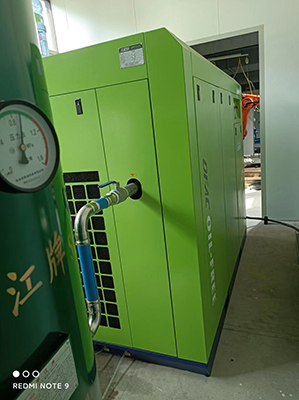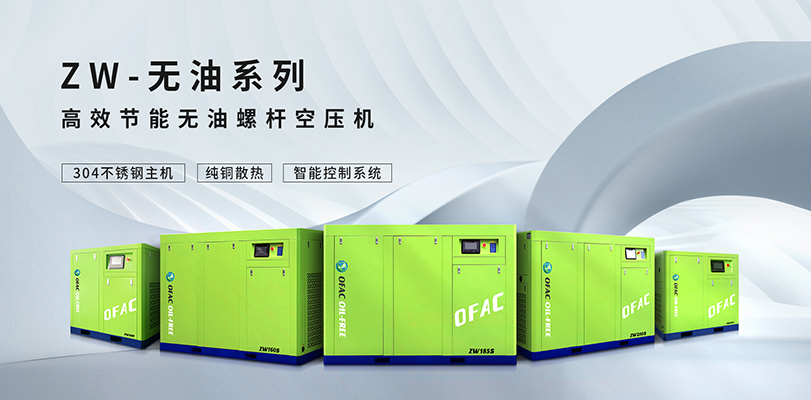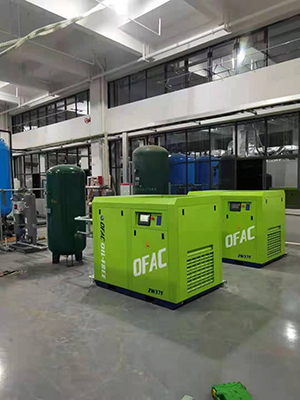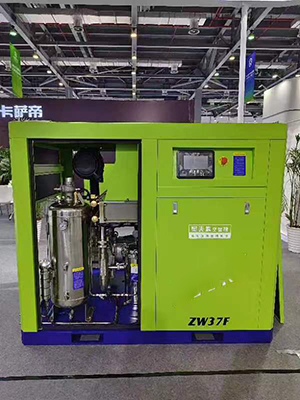medium pressure air compressor tank size options for continuous and intermittent use scenarios
News 2025-10-24
Medium pressure air compressors are essential in various industrial applications, where the tank size plays a critical role in system performance. Tank size directly impacts air storage capacity, pressure stability, and energy efficiency, making it vital to select the right option based on usage patterns. In continuous operations, such as assembly lines or large-scale manufacturing, a larger tank helps maintain steady pressure without frequent cycling, reducing wear on the compressor. For intermittent use, like in automotive repair shops or sporadic tasks, smaller tanks suffice and save on space and costs. Understanding these dynamics ensures optimal functionality and longevity in diverse settings.

Factors Affecting Tank Size Choice
Several key elements influence the selection of tank size for medium pressure air compressors. Air demand, measured in cubic feet per minute (CFM), is a primary factor; higher demands in continuous scenarios often require tanks of 120 gallons or more to buffer fluctuations. Duty cycle, which indicates how long the compressor runs versus rests, also matters—continuous use benefits from larger tanks to minimize starts and stops, while intermittent applications can use 60-gallon tanks to handle short bursts efficiently. Material and build quality affect durability, with steel tanks offering robustness for heavy-duty environments, ensuring reliability in critical industrial processes.
Tank Options for Continuous Operations
In scenarios demanding nonstop air supply, such as food processing or chemical plants, tank sizes range from 80 to 200 gallons. Larger tanks, like 150-gallon models, provide significant advantages by stabilizing pressure and reducing compressor runtime, which enhances energy savings and extends equipment life. This setup is crucial for maintaining productivity in high-stakes environments, where any downtime can lead to costly delays. Selecting a tank size that matches the system’s CFM rating ensures smooth operation, underscoring the importance of proper sizing in achieving peak performance and operational efficiency.
Tank Choices for Intermittent Use Cases
For applications with variable air needs, such as construction sites or small workshops, smaller tank sizes between 30 and 80 gallons are often ideal. A 60-gallon tank, for instance, offers quick response times for short-term tasks while keeping initial costs low. This approach minimizes energy consumption during idle periods, a key benefit in scenarios where compressors aren’t in constant use. By choosing appropriately sized tanks, users can avoid overkill in capacity, promoting better space utilization and cost-effectiveness without compromising on the reliability needed for timely task completion.
Impact on Industrial Performance
The right tank size significantly boosts overall system efficiency in industrial settings by optimizing air delivery and reducing maintenance needs. In continuous use, larger tanks help prevent pressure drops that could halt production, while in intermittent scenarios, smaller tanks facilitate faster startups and adaptability. This balance not only improves energy use but also enhances safety and compliance with industry standards. Ultimately, informed tank size selection supports sustainable operations, driving better outcomes in manufacturing and other sectors by ensuring consistent, high-quality air supply for diverse applications.


